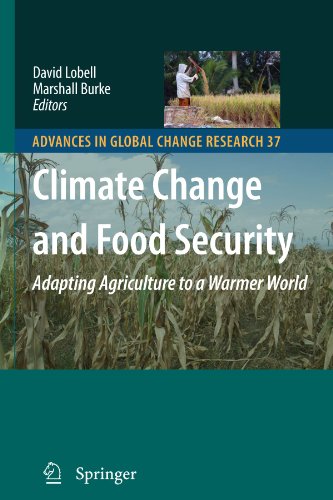

Most ebook files are in PDF format, so you can easily read them using various software such as Foxit Reader or directly on the Google Chrome browser.
Some ebook files are released by publishers in other formats such as .awz, .mobi, .epub, .fb2, etc. You may need to install specific software to read these formats on mobile/PC, such as Calibre.
Please read the tutorial at this link. https://ebooknice.com/page/post?id=faq
We offer FREE conversion to the popular formats you request; however, this may take some time. Therefore, right after payment, please email us, and we will try to provide the service as quickly as possible.
For some exceptional file formats or broken links (if any), please refrain from opening any disputes. Instead, email us first, and we will try to assist within a maximum of 6 hours.
EbookNice Team

Status:
Available4.5
11 reviewsRoughly a billion people around the world continue to live in state of chronic hunger and food insecurity. Unfortunately, efforts to improve their livelihoods must now unfold in the context of a rapidly changing climate, in which warming temperatures and changing rainfall regimes could threaten the basic productivity of the agricultural systems on which most of the world’s poor directly depend. But whether climate change represents a minor impediment or an existential threat to development is an area of substantial controversy, with different conclusions wrought from different methodologies and based on different data.
This book aims to resolve some of the controversy by exploring and comparing the different methodologies and data that scientists use to understand climate’s effects on food security. In explains the nature of the climate threat, the ways in which crops and farmers might respond, and the potential role for public and private investment to help agriculture adapt to a warmer world. This broader understanding should prove useful to both scientists charged with quantifying climate threats, and policy-makers responsible for crucial decisions about how to respond. The book is especially suitable as a companion to an interdisciplinary undergraduate or graduate level class.
"This book provides a much needed analysis of the interactions between climate change and the food system, with emphasis on how food security is likely to be affected and interventions needed to adapt to a warmer world."
Per Pinstrup-Andersen, Cornell University, New York, USA